Yes, Vietnam can get its mojo back
 Still, there are hopeful signs for 2013, according to CBRE Vietnam managing director Mark Townsend and head of research and consultancy Duong Thuy Dung.
Still, there are hopeful signs for 2013, according to CBRE Vietnam managing director Mark Townsend and head of research and consultancy Duong Thuy Dung.
The New Year champagne tasted a little sweeter as the last calendar page turned: the CPI was below the government’s target of 8 per cent, Vietnam record its first trade balance surplus since 1993. the State Bank reduced all policy and deposit cap rates.
In any market situation, there are always winners and losers, but last year was a tough one for any sector in Vietnam, not only for real estate and banking. Most property developers found the past year dominated by the challenge of maintaining good relationships with banks, existing tenants and past buyers.
On the other side, most new buyers and tenants were happy as affordability improved dramatically. Purchasers have seen selling prices for some projects fall by as much as 50-60 per cent in the last four years, while tenants also enjoyed better choices with more attractive rental terms. Whereas Ho Chi Minh City and Hanoi rents of three or four years ago far outstripped those in neighbouring cities such as Bangkok, Kuala Lumpur and Manila, they have now returned roughly to a level of parity.
In the immediate future, some segments like residential and office will continue to face weakness ahead. But we also see signs in the underlying fundamentals that the property market is displaying resilience amid a global economic slowdown.
Buyers’ confidence will rescue the housing market
With the average residential broker in 2012 thinking themselves fortunate to sell one unit a month, gone are the heady days of overnight queues for project pre-releases and rapid resales for quick profits. The volume of unsold apartments on the market today is historically huge. According to CBRE Research, there are approximately 4,340 and 5,500 completed and unsold apartments in Ho Chi Minh City and Hanoi respectively.
In an effort to clear this stock, we have noticed a clear trend towards a more strategic focus on branding in the property industry; leveraging customer loyalty, since consumers will now only buy from developers and brands that are well established and demonstrate a track record of timely project completions. This is especially true for home buyers as no one wants to pay a deposit only to receive the house ten years later.
The government is also considering policies to stabilize the property markets. Towards the end of 2012 the possibility was raised of using state funds to purchase completed apartments projects in order to turn them into social housing. However, at its maximum, this proposal would only relieve the market of around about 51.1 per cent of the total apartment supply in Ho Chi Minh City and 48 per cent in Hanoi. However, the actual amount of completed units available for purchase by the government is very small, since most of these units were launched prior to 2010 and already sold to buyers thanks to the active market back then. Therefore, this does not solve the problem of partially completed projects and their impact on future supply. Nor was there any indication of funding details for the proposal, let alone how it might be funded without triggering inflation.
Another suggestion by the government was for the conversion of surplus luxury and high-end products into affordable and social housing. While laudable for its intent, for fairly obvious reasons not every developer will be inclined to (or indeed physically can) make these changes. Most are financially burdened by huge land costs paid several years ago and forced changes to product mix and the resulting reduction in sales proceeds would only lead to a rapid exit to bankruptcy for many.
For unfinished projects or those nearing completion, access to preferential loans might be offered so that these projects can continue to develop, helping remove the primary difficulty for many realty businesses – cash flow – and going some way to restoring buyers’ confidence. However even this would require careful management as the result would be an even larger supply of finished, unsold apartments.
So it would seem that the simplest answer, among a series of complex and unpalatable alternatives, is to embrace simple economic principles and accept price reductions to clear unsold stock. Nevertheless, if buyers with financial capacity continue to expect further value falls and keep their funds uninvested, even reducing prices will not have the necessary immediate effect of stabilizing and rebounding the housing market.
The core issue here again lies in the buyers’ confidence. At certain prices, many Vietnamese families will be glad to buy real estate given that most of them prefer to live on their own property rather than leasing. Therefore the government policies may have increased and more immediate effectiveness if targeted more towards the demand side.
Improving the capacity of home buyers to obtain and service sufficient borrowing is a key platform to promote price stability and the absorption of oversupply. Adjustments in the home loan market and incentives for first home buyers and newly married couples have been proven elsewhere to stimulate demand. For example, home loan terms in Vietnam are typically no longer than 10 years, while in Japan house buyers can access loans up to 50 years. In other Asian counties, it is 20-30 years. This directly impacts on loan servicing affordability, subsequently increasing the number of people with the capacity to purchase. Another example is the first-home buyers grants offered by the Australian government since 2000, which helped trigger one of the longest periods of uninterrupted value growth in the country’s history.
CBRE forecasts indicate that, without government intervention, it is likely to take five to ten years for the oversupply situation to reach equilibrium. For this reason we expect to see further policies directed at the residential real estate market, both on the demand and supply sides. There are stirrings of market confidence, but this is still highly fragile and full blown recovery will definitely be a gradual process.
Transparency is key for investment
Many investors, both local and international, are eyeing this time as a golden opportunity to buy into the Vietnam real estate market. With an increasing number of distressed projects available, we will see robust merger and acquisition activity in 2013. This is especially so for the residential sector, where existing developers continue to be plagued by limited active demand from the mass market.
With the various opportunities and challenges in the current market, inbound and outbound investors are advised not to blindly invest in property without doing proper study and research in advance.
One of the major difficulties faced by potential investors is the lack of information to base their decisions on; it will continue to be typical for buyers and sellers not to disclose transaction details. Without government intervention and regulation, which is unlikely to be a high priority, the market is not expected to become significantly more transparent in the short term. Therefore while many external investors will express a desire to buy, very few will find they are able or willing to move forward.
After their country’s recent conflict with China over disputed sea territories, big Japanese corporations will show increased interest in Southeast Asian countries including Vietnam. There is rising hope of a Japanese investment wave into Vietnam, but this will not happen overnight.
Japanese investors are traditionally cautious and conservative. There is still warranted concern over the uncertain legislation frame in Vietnam, the lack of high-skilled workforce and the underdeveloped supporting industries and infrastructure. Until such issues are solved, it is believed that Vietnam remains outside the investment sphere of most Japanese investors.
With the globalising of the real estate market, there are increasing opportunities to invest in properties overseas as well, of which Myanmar is emerging as a new destination for Vietnamese investors. With a population of around 60 million, a young and hardworking labour force, a wealth of in natural resources, blessed with a coastline and flanked by the world’s powerhouses China and India, Myanmar presents a strategically attractive investment proposition and a significant competitor to Vietnam for investment activity.
What the stars mean:
★ Poor ★ ★ Promising ★★★ Good ★★★★ Very good ★★★★★ Exceptional
Related Contents
Latest News
More News
- Domestic steel demand expected to rebound amid warming real estate market (April 12, 2024 | 10:31)
- Implementation of new land laws must benefit investors (April 10, 2024 | 09:17)
- Apartment hikes hint at speculation return (April 09, 2024 | 10:14)
- Infrastructure focus sets stage for real estate bonanza (April 03, 2024 | 10:14)
- Nam Long Group maintains top ten position in real estate investment ranking (April 03, 2024 | 08:00)
- Hospitality and real estate sectors strive for sustainable growth (March 29, 2024 | 16:12)
- Gamuda Land starts construction of Eaton Park (March 28, 2024 | 16:40)
- New land law could entice Viet Kieu home (March 27, 2024 | 18:00)
- Binh Duong to capitalise on rising real estate interest (March 27, 2024 | 15:41)
- SPX inks agreement with Frasers Property (March 26, 2024 | 12:33)



 Tag:
Tag: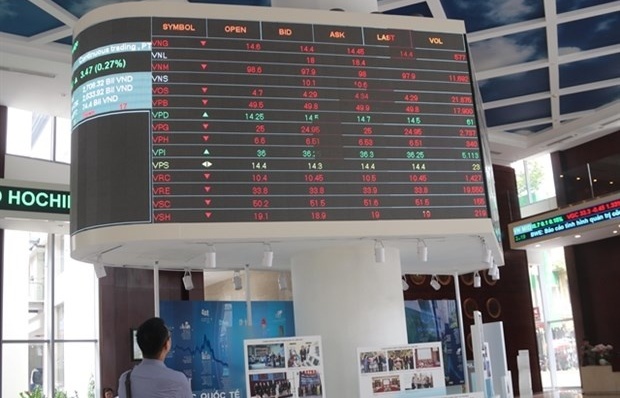


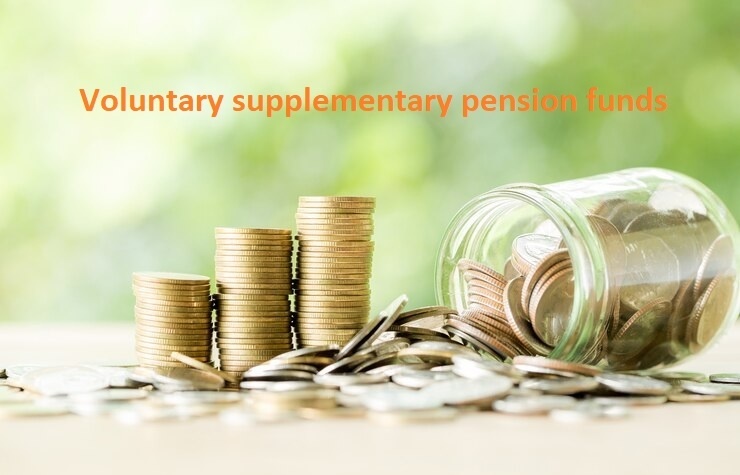

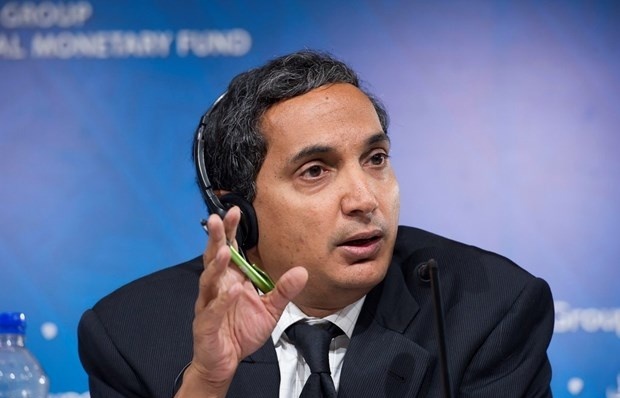
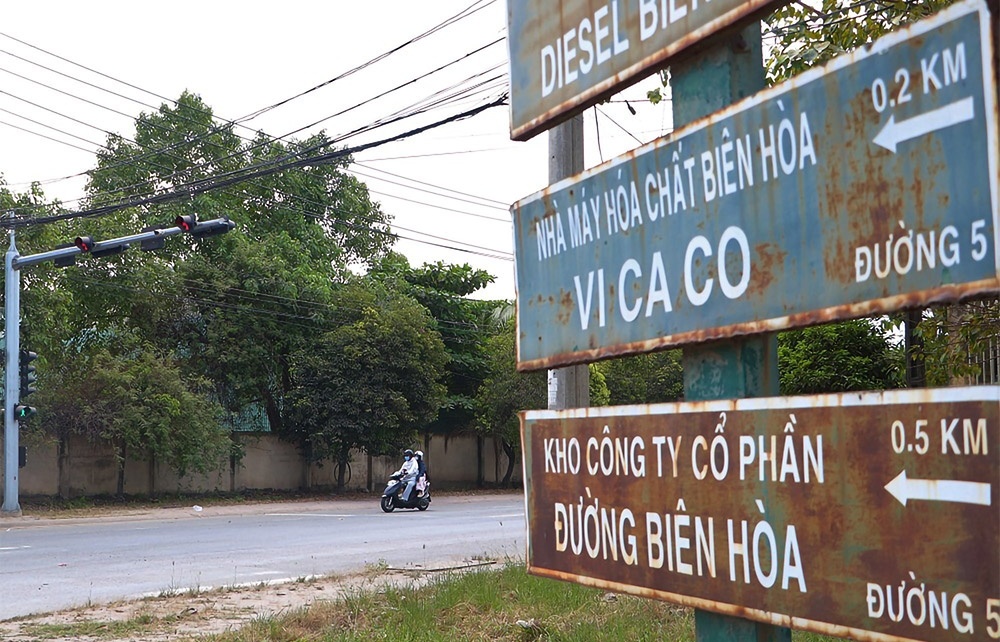
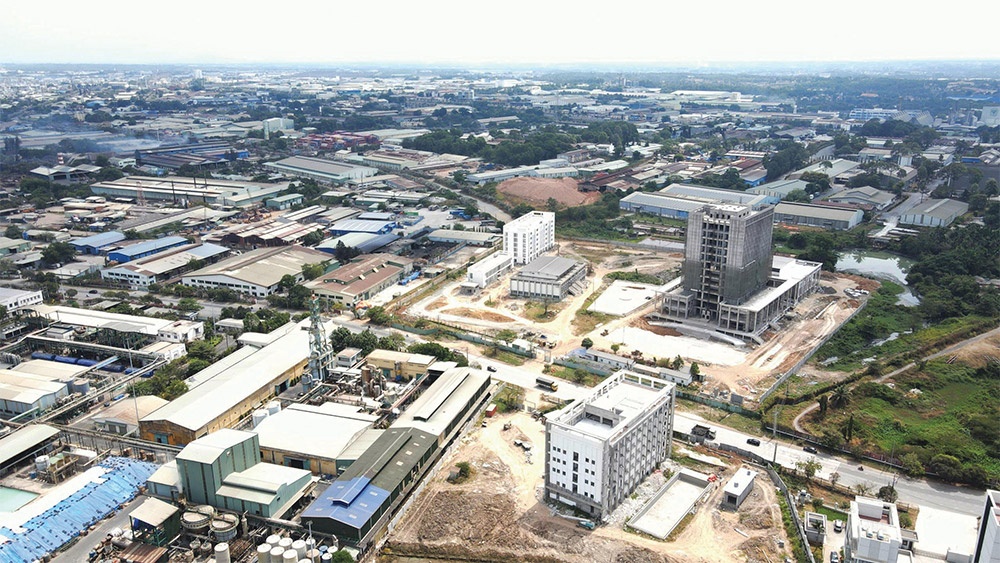
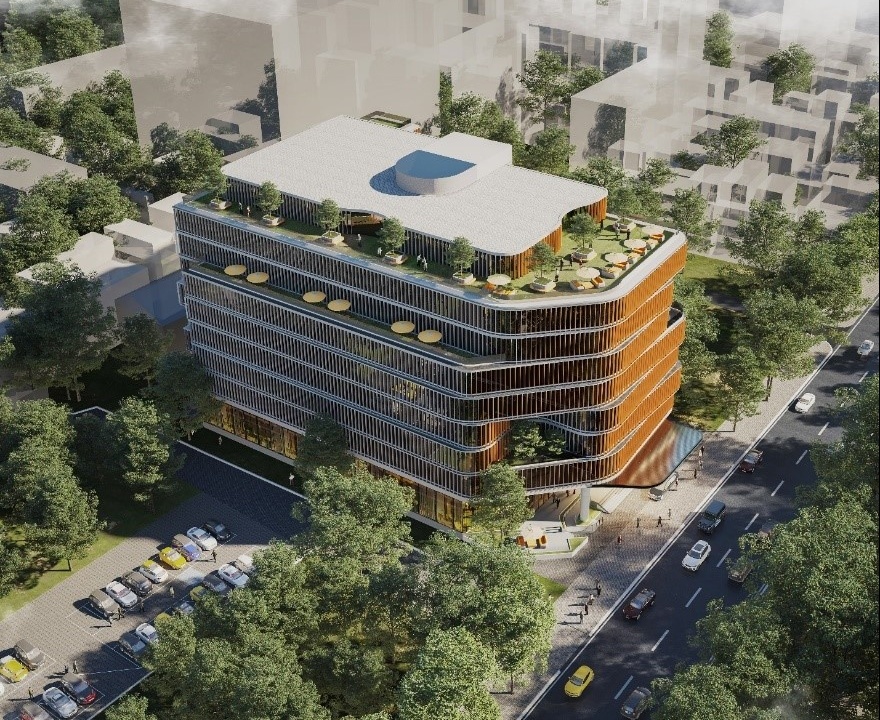

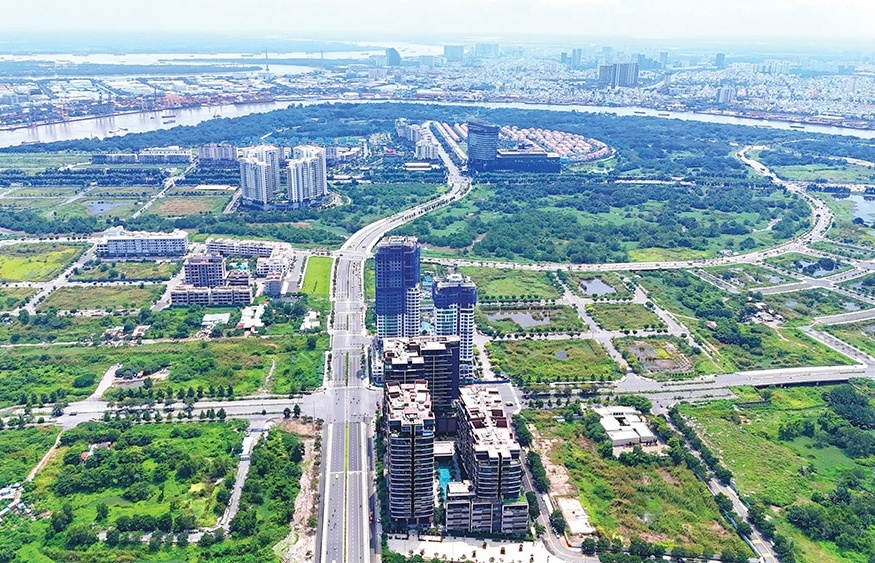
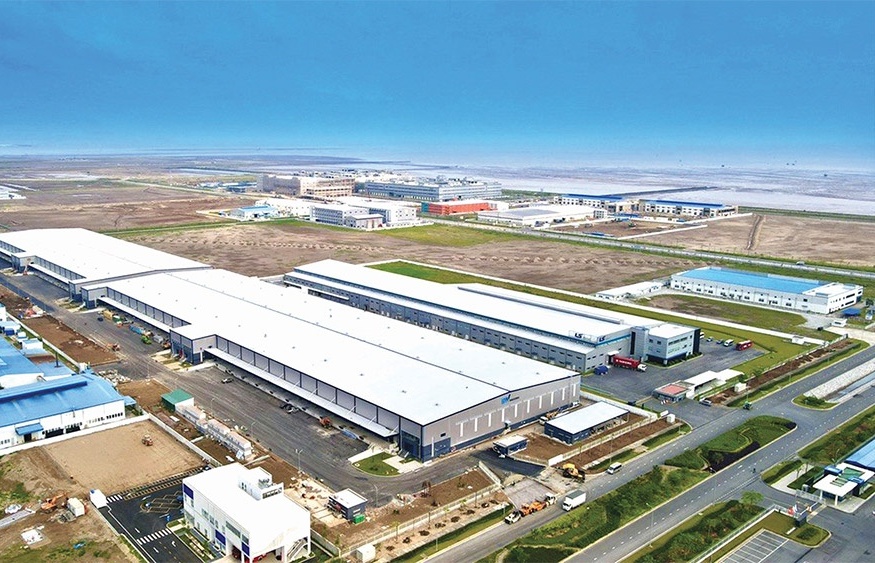

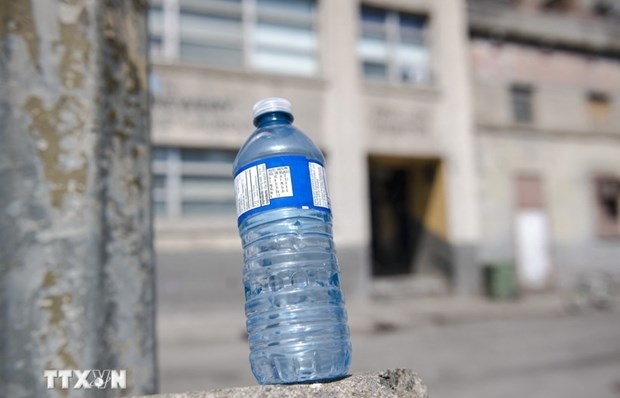
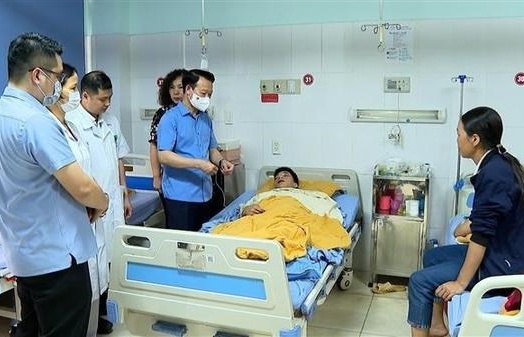




 Mobile Version
Mobile Version